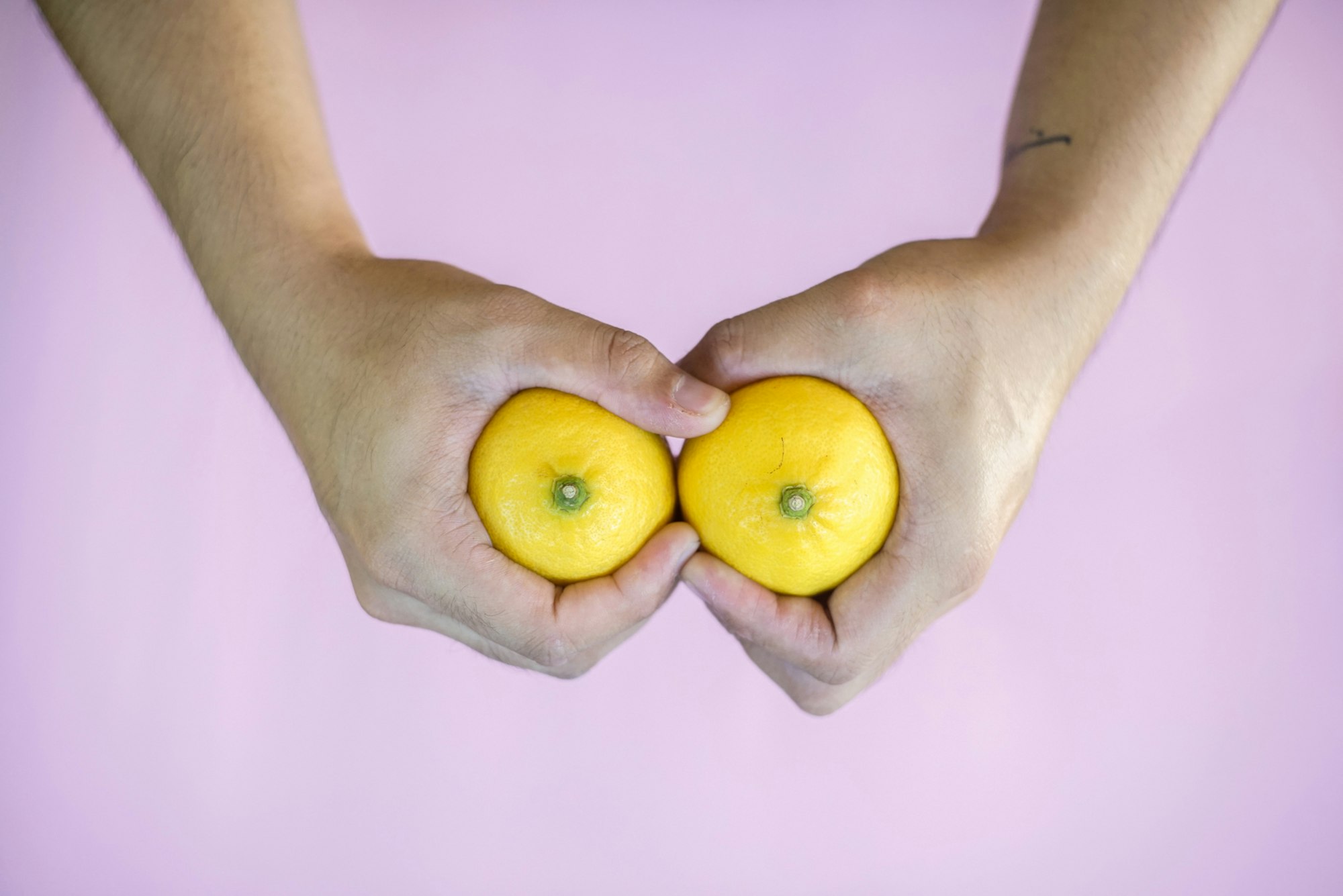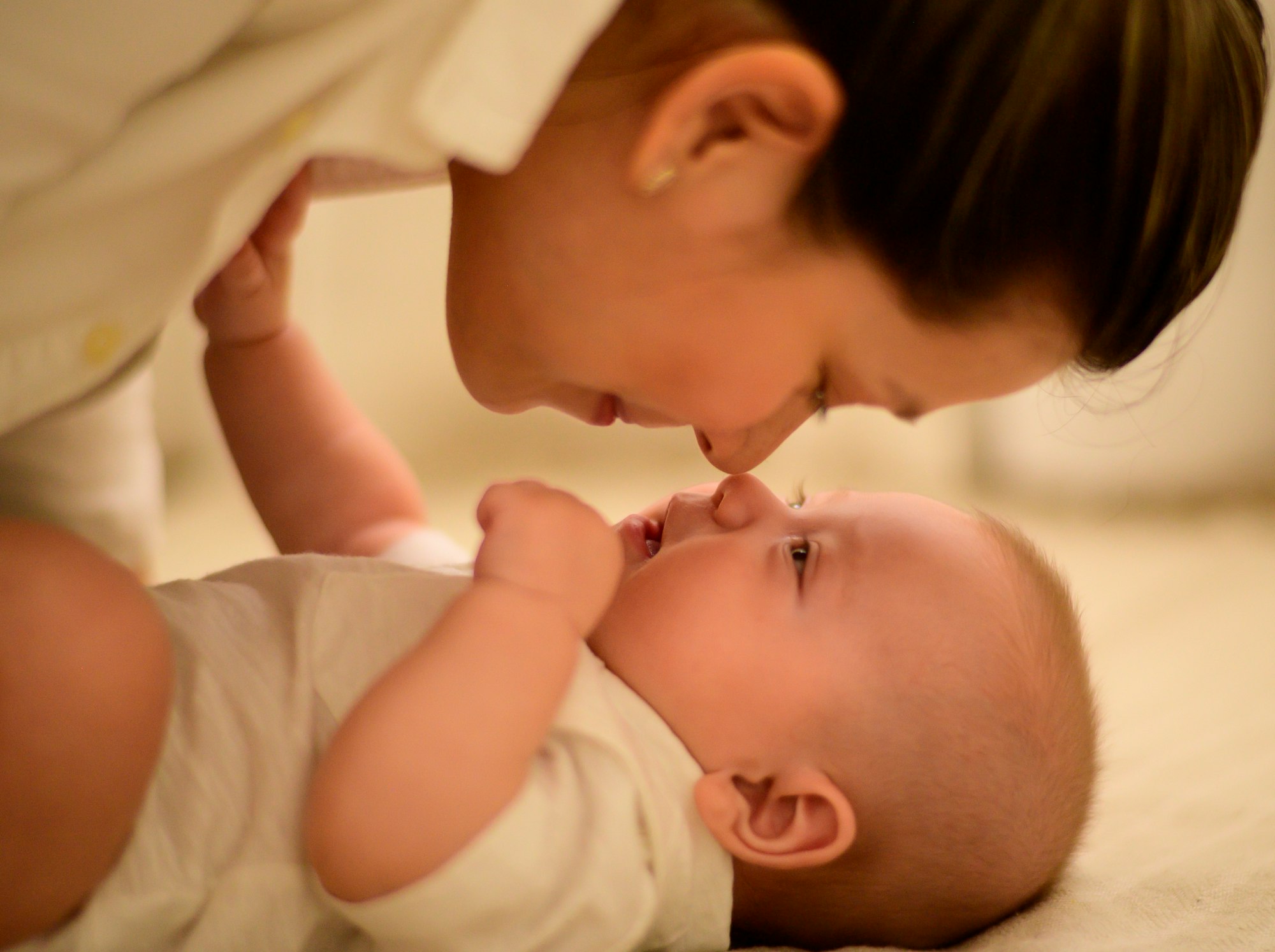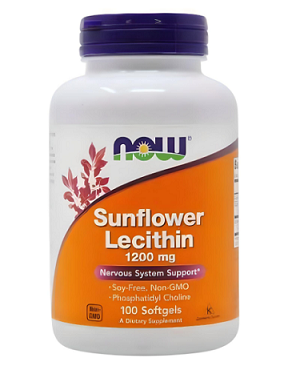Milk Blister
A blocked nipple pore, milk blister, also called a milk bleb, breastfeeding blister or nipple blister, is a very common breastfeeding problem.

Struggling with Milk Blisters?
A blocked nipple pore, milk blister, also called a milk bleb, breastfeeding blister, or nipple blister is a very common breastfeeding problem.
It may appear on the nipple and the areola as just a white, clear, or yellow dot but might sometimes stand out as a large blister. It is often quite painful on the tip of the nipple, but some mothers feel the pain further behind, inside the breast.
If the spot is brown or red, the mother might suffer from a blood blister due to friction while breastfeeding and not caused by a blocked duct.
Reasons for this type of blood blister would be latching on difficulties, not using a nipple shield correctly, or not pumping properly.
A breastfeeding bleb can heal on its own after a few weeks, but sometimes the pain is excruciating during breastfeeding.
Important fact
Herpes blisters can be mistaken for a bleb, so consult your doctor if you know you have a history of Herpes I or II. They are infectious and will infect your baby.

Tushbaby Hip Carrier
With its ergonomic design and comfortable waistband, Tushbaby provides optimal support for both you and your baby, allowing for bonding on the go. Say goodbye to shoulder and back pain from traditional carriers, as Tushbaby evenly distributes your baby's weight, relieving strain and promoting better posture.
Two Types of Blebs
1. A blister occurs when some skin grows over a milk duct opening; this keeps the milk from coming out, causing a blockage and blister. The spot is usually raised with visible fluid underneath.
2. A white spot occurs when a milk clot (dry milk) obstruction within the milk duct stops the milk flow.
What Causes a Milk Blister?
- Unnecessary pressure on the breasts. (tight bras)
- Oversupply.
- Latching on problems.
- Sucking problems.
- Thrush (yeast infection): This tends to cause more than one spot at a time. Read more about thrush symptoms here.

Milk Blister Treatment
The treatment of a milk breast blister is similar to that of plugged ducts.
The following can be done for a few days until the blocked nipple pore clears.
1. Moist heat: An Epsom salt soak, done four times daily (one handful of Epsom with every 2L of water). Remember to rinse your breasts afterward to remove the saltiness. You can add a moist, hot compress after pumping or breastfeeding too. Cold compression can be helpful as a pain reliever between feedings.
2. The blister might open on its own, but if it doesn't, you can:
- Rub the nipple with a moist, warm facecloth.
- Use breast massage.
- Use a sterilized needle to puncture the blister. Soak the needle in rubbing alcohol for 5 minutes before using it.
Always wash your hands and affected breast before doing the above!
3. Clear the duct: Get your baby to breastfeed afterward; this will drain the duct (you could also pump). Don’t feel frightened if you notice some thick, stringy milk while expressing.
4. Prevent infection: Use an antibacterial cream (Bacitracin) after nursing and wash again before the next feed.
Other ways of preventing a nipple blister:
- Lecithin supplements.
- Massage your breasts with GSE (grapefruit seed extract).
- Vitamin E ointment (always remove before nursing).
- Keep your nipple moist with olive oil or Lansinoh lotion.
- Avoid using soap on your nipples (your nipples produce natural oils for cleaning). Make a natural, gentle soap with your own breast milk.

Call your doctor if:
- You have a fever.
- If you have any oozing or pus coming from your nipple.
